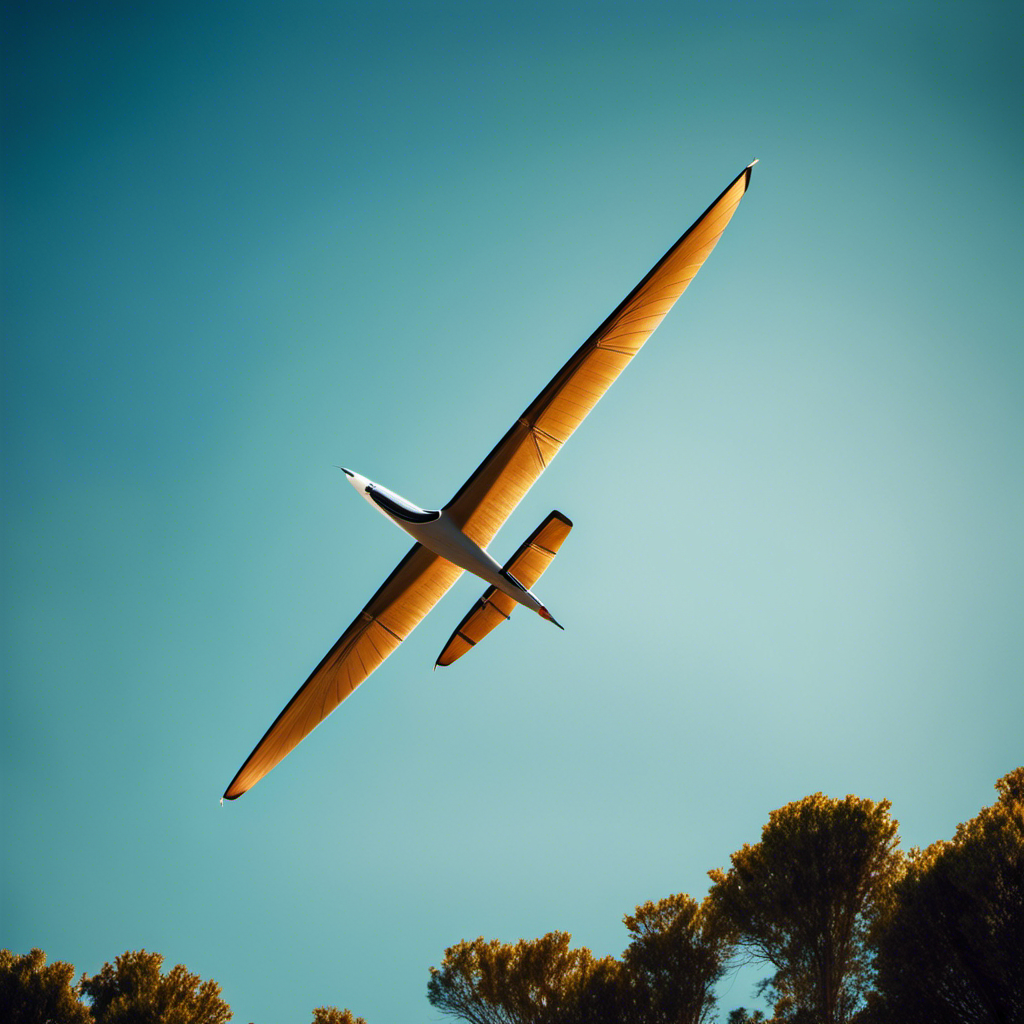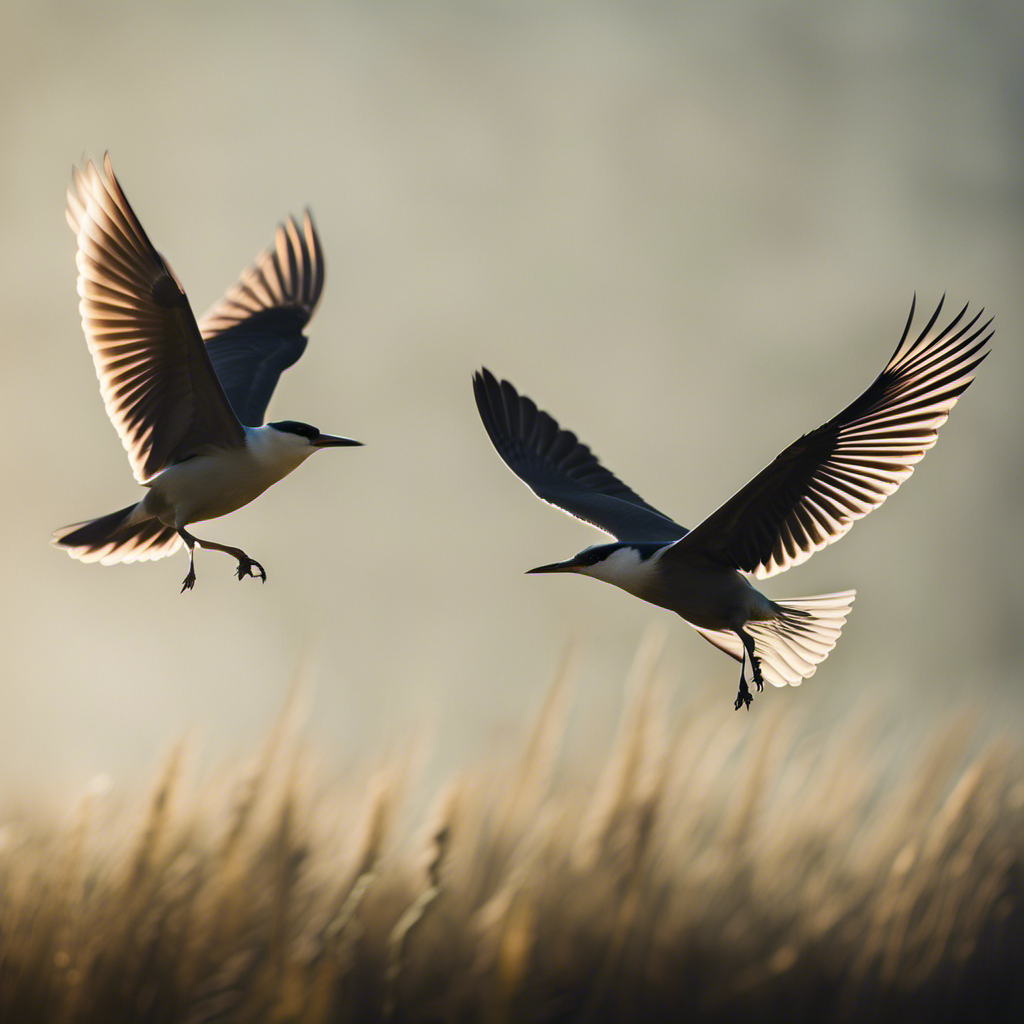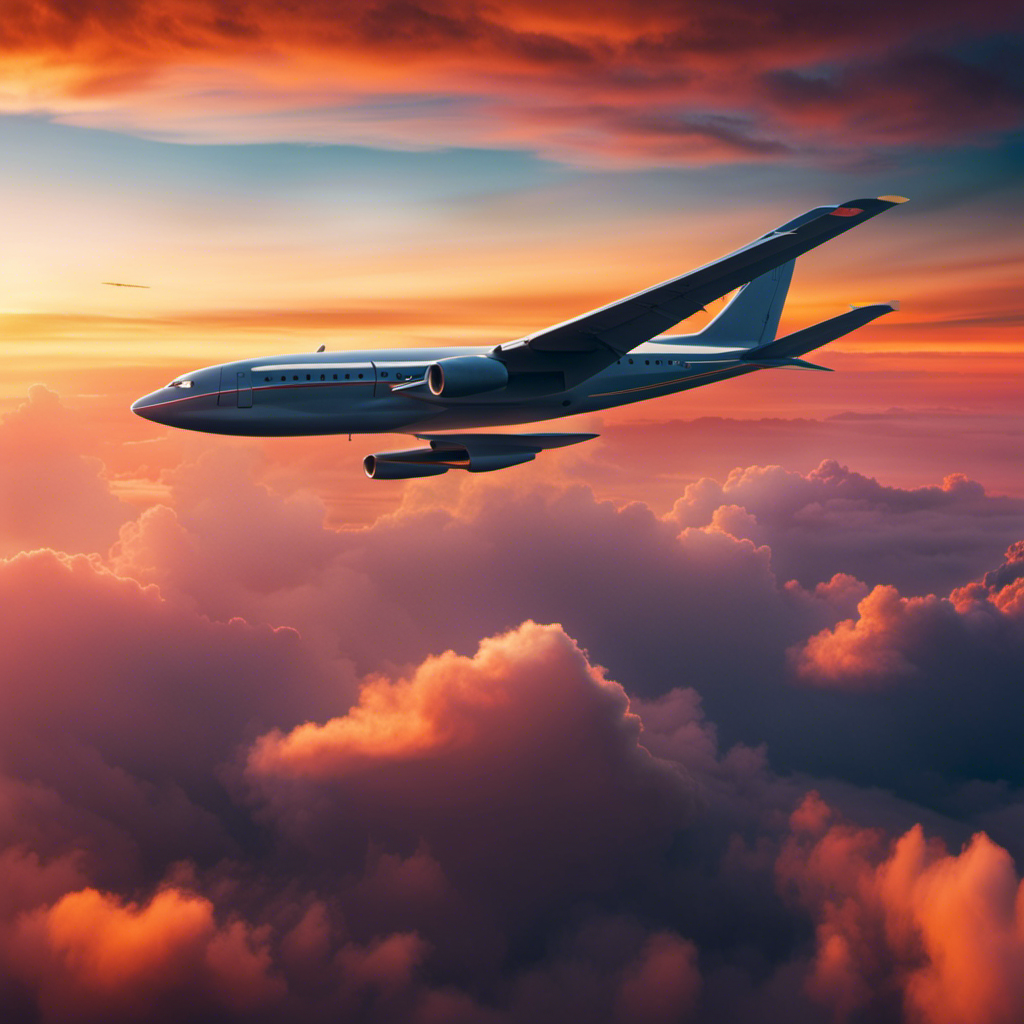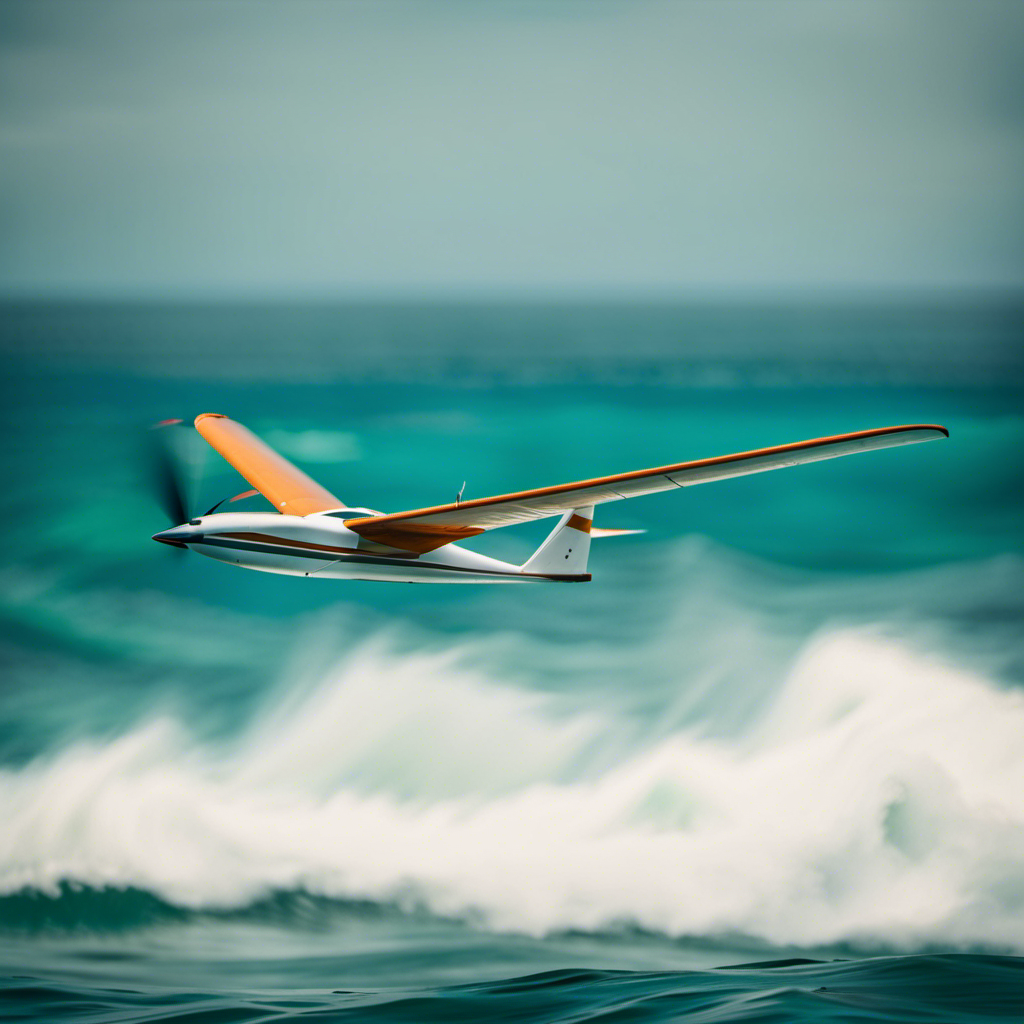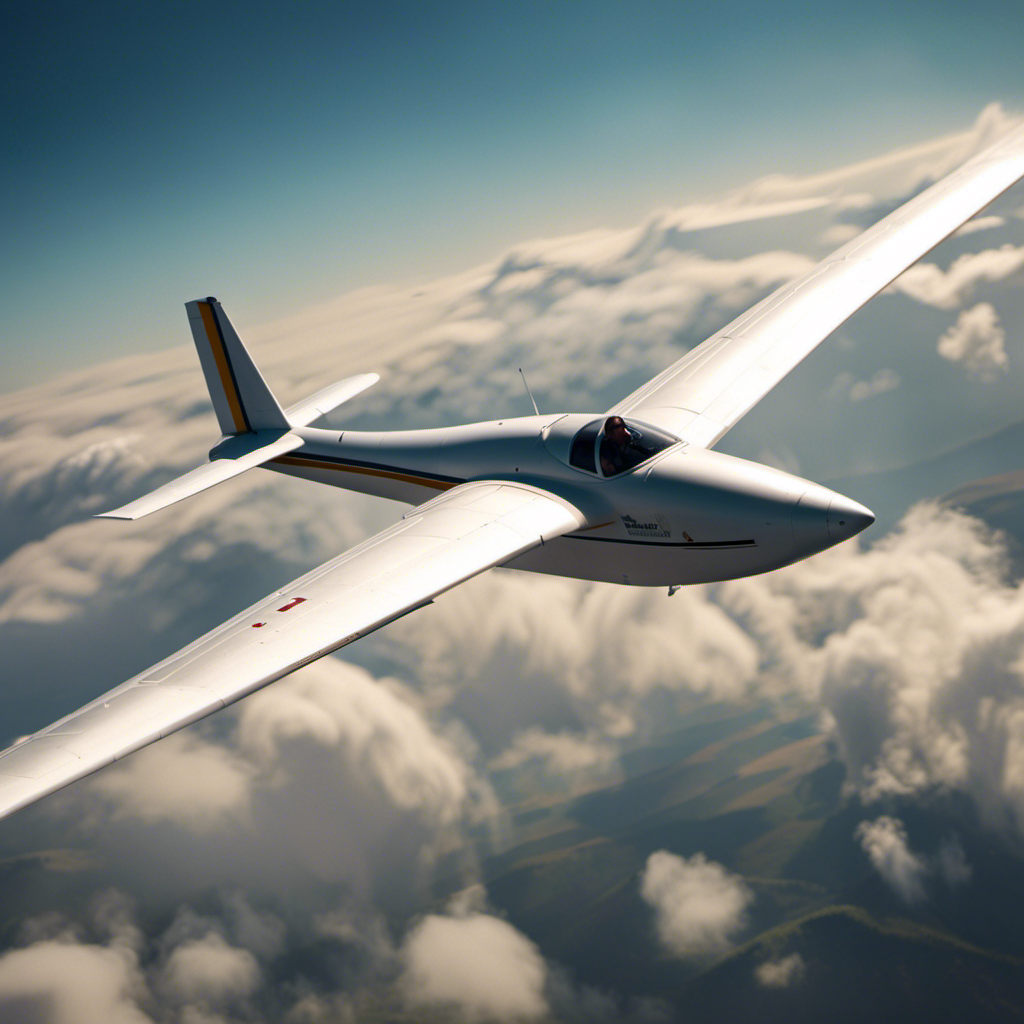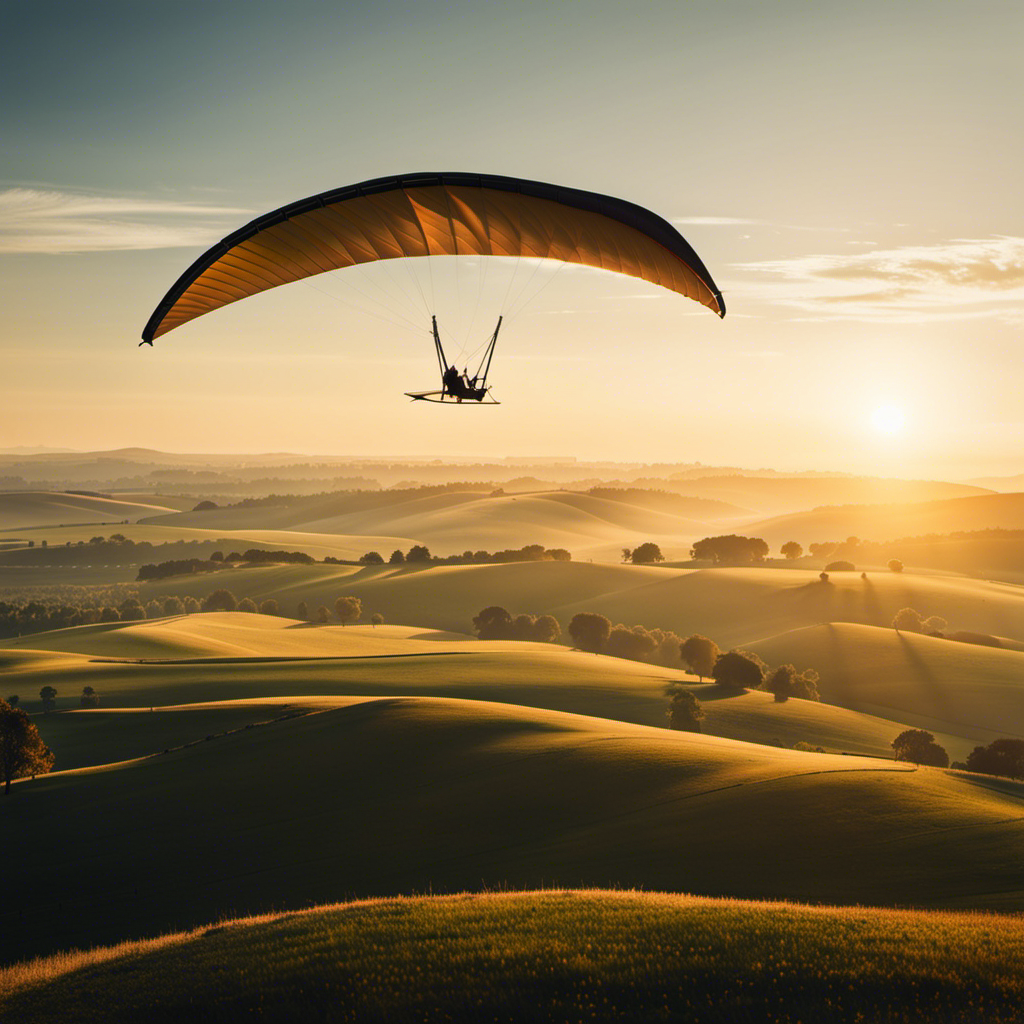Have you ever imagined soaring through the sky, feeling weightless and free? Hey there, if you’re interested in knowing the maximum weight limit for paragliding, you’ve come to the right place.
In this article, we’ll dive into the basics of gliding and shed light on weight restrictions. We’ll explore the maximum weight limits for different types of gliders and discuss safety considerations.
So, fasten your seatbelt and get ready to learn all about weight management and special considerations for gliding competitions. Let’s take your gliding experience to new heights!
Key Takeaways
- Glider pilots need to undergo training and certification to gain knowledge in aerodynamics, weather patterns, emergency procedures, and navigation techniques.
- It is important for glider pilots to evaluate their personal weight and ensure it falls within a healthy range according to Body Mass Index (BMI) guidelines.
- Consulting with instructors and experts is crucial to receive tailored insights and guidance regarding weight limits and requirements for gliding.
- Different types of gliders have specific weight limits, and modifications may be necessary for heavyweight pilots, including reinforcement and structural adjustments, as well as appropriate equipment and safety gear considerations.
The Basics of Gliding
The maximum weight for gliding depends on the specific glider being used. Each glider has its own weight limitations based on its design and structural capabilities.
When determining the maximum weight for gliding, factors such as the glider’s wingspan, wing loading, and overall structural integrity are taken into consideration.
It is important to understand that exceeding the maximum weight limit can compromise the safety and performance of the glider. Therefore, it is crucial to adhere to the weight restrictions set by the manufacturer.
Understanding weight restrictions is fundamental in ensuring a safe and enjoyable gliding experience. By following these guidelines, you can confidently navigate the skies and fully embrace the thrill of gliding.
Understanding Weight Restrictions
Understanding weight restrictions is important when determining the maximum weight allowed for gliding. As a glider pilot, you need to be aware of the following key points:
-
Weight and performance: The weight of the glider directly impacts its performance. Exceeding the maximum weight limit can affect the glider’s ability to climb, maneuver, and maintain altitude.
-
Structural limitations: Each glider has specific weight restrictions set by the manufacturer. These limitations ensure that the glider’s structure can handle the stresses and forces experienced during flight.
-
Safety considerations: Adhering to weight restrictions is crucial for ensuring the safety of both the pilot and the glider. Overloading the glider can compromise its structural integrity, leading to potential accidents or damage.
By understanding weight restrictions, you can make informed decisions about the maximum weight allowed for gliding, ensuring a safe and enjoyable flight experience.
Now, let’s explore the maximum weight for different types of gliders.
Maximum Weight for Different Types of Gliders
In the world of gliding, there are two main types of gliders: single-seat gliders and two-seat gliders.
Single-seat gliders are designed for solo flying, allowing the pilot to have complete control over the aircraft.
On the other hand, two-seat gliders are built for dual flying, accommodating both a pilot and a passenger or an instructor.
Each type of glider has its own unique characteristics and purposes, making them suitable for different types of flying experiences.
Single-Seat Gliders
Single-seat gliders have weight limits that determine the maximum weight they can handle. These limits are crucial for ensuring the safety and performance of the glider. As an experienced glider pilot, you understand the importance of staying within these weight limits to maintain control and stability during flight.
To give you a better understanding of the weight limits for single-seat gliders, here is a table showcasing the maximum weights for different glider types:
| Glider Type | Maximum Weight (lbs) |
|---|---|
| Standard Class | 660 |
| Open Class | 1102 |
| Racing Class | 1543 |
| Ultralight Glider | 440 |
| Motorized Glider | 1102 |
As you can see, the maximum weight varies depending on the glider type. It is crucial to respect these weight limits to ensure a safe and enjoyable gliding experience.
Now, let’s transition into the subsequent section about two-seat gliders.
Two-Seat Gliders
As an experienced glider pilot, you’ll find that two-seat gliders offer a unique opportunity for shared flying experiences. These aircraft are specifically designed to accommodate both a pilot and a passenger, allowing you to share the joy and thrill of soaring through the sky.
Here are three reasons why two-seat gliders are a remarkable choice:
- The spacious cockpit provides ample room for comfortable seating and unrestricted views of the surrounding landscape.
- The dual controls allow for effortless transition between pilot and passenger, enabling you to take turns at the controls and experience the joy of flight from different perspectives.
- The added weight of the passenger enhances the glider’s performance, allowing for longer flight durations and increased maneuverability.
With these exciting features, two-seat gliders create unforgettable memories and foster a deeper connection with the world above.
Now, let’s delve into the important safety considerations for glider pilots like you.
Safety Considerations
One important safety consideration for gliding is the maximum weight limit. Gliders are designed to fly efficiently and safely within a specific weight range. Exceeding this limit can compromise the aircraft’s performance, stability, and structural integrity. To ensure the safety of the pilot and passengers, it is crucial to adhere to the maximum weight restrictions set by the glider manufacturer.
To help you understand the significance of weight limits in gliding, consider the following table:
| Glider Model | Maximum Weight Limit (kg) |
|---|---|
| Model A | 400 |
| Model B | 450 |
| Model C | 500 |
| Model D | 550 |
| Model E | 600 |
As you can see, each glider model has a specific maximum weight limit. It is essential to check the aircraft’s manual or consult with a qualified instructor to determine the appropriate weight limit for your particular glider.
With a clear understanding of the importance of weight limits in gliding, let’s now explore effective weight management techniques for gliders.
Weight Management for Gliders
To effectively manage the weight of your glider, it’s important to monitor your baggage and equipment. As an experienced glider pilot, you understand that weight plays a crucial role in the performance and safety of your aircraft.
Before each flight, you meticulously check the weight of your baggage and equipment to ensure they are within the prescribed limits. You know that exceeding the maximum weight can negatively impact the glider’s ability to climb, maneuver, and land safely. By keeping a close eye on your weight, you can maintain optimal control and stability during flight.
However, weight management is just one aspect of gliding. To further enhance your skills and ensure your competence, let’s now explore the importance of training and certification in the world of glider pilots.
Training and Certification
You should prioritize training and certification as they ensure your competence and enhance your skills as a glider pilot.
Proper training equips you with the knowledge and expertise required to safely operate a glider and navigate through different flying conditions.
Certification validates that you have met the necessary standards set by aviation authorities, indicating your ability to handle the responsibilities of a glider pilot.
Through training and certification, you gain a deeper understanding of aerodynamics, weather patterns, emergency procedures, and navigation techniques.
These qualifications also demonstrate your commitment to safety and professionalism in the field of gliding.
Evaluating Personal Weight for Gliding
When it comes to evaluating your personal weight for gliding, it is important to consider Body Mass Index (BMI) guidelines. These guidelines provide a helpful framework for determining if your weight is within a healthy range for gliding.
Consulting with instructors and experts in the field is also crucial, as they can provide valuable insights and guidance tailored to your specific circumstances.
Body Mass Index (BMI) Guidelines
According to BMI guidelines, it’s important to consider your body mass index and its maximum weight limit if you’re planning to go gliding.
Your body mass index is a measure of your weight in relation to your height, and it helps determine if you fall within a healthy weight range.
Gliding involves being airborne and relying on the lift generated by the glider’s wings, so it is crucial to adhere to weight restrictions for safety reasons.
Exceeding the maximum weight limit can affect the glider’s performance and stability, potentially compromising your safety and the overall gliding experience.
Therefore, it is essential to consult with instructors and experts who can provide you with accurate information regarding the maximum weight allowed for gliding, ensuring a safe and enjoyable experience.
Consulting with Instructors and Experts
To get accurate information about the weight limit for gliding, consult with instructors and experts who can provide you with the necessary guidelines. These professionals have the knowledge and experience to help you determine the maximum weight that is safe for gliding. They will take into account factors such as the type of glider, its design limitations, and the specific requirements of the gliding operation. By consulting with them, you can ensure that you are well-informed and make decisions that prioritize your safety.
Here is a table that provides an overview of the weight limits for different types of gliders:
| Glider Type | Maximum Weight Limit |
|---|---|
| Single-Seat | 150 kg (330 lbs) |
| Two-Seat | 200 kg (440 lbs) |
| Motorized | 250 kg (550 lbs) |
Consulting with instructors and experts is crucial to understanding these weight limits and any additional considerations that may apply to your specific situation. This will allow you to make informed decisions and ensure a safe and enjoyable gliding experience.
Transitioning into the subsequent section about ‘modifications for heavyweight pilots’, it is important to note that if you exceed the weight limits mentioned above, modifications may be necessary to accommodate your weight.
Modifications for Heavyweight Pilots
When it comes to modifications for heavyweight pilots, there are two key areas to consider: reinforcement and structural adjustments, as well as equipment and safety gear considerations.
Reinforcement and structural adjustments may be necessary to accommodate the increased weight and ensure the safety and integrity of the glider. This may involve strengthening the wings, fuselage, and other components to handle the additional load.
Additionally, equipment and safety gear considerations play a crucial role in ensuring the comfort and protection of the pilot, including choosing the appropriate harness, parachute, and other safety equipment designed for heavier individuals.
Reinforcement and Structural Adjustments
Structural adjustments are made to reinforce the glider’s weight limit. These modifications are crucial for ensuring the safety and performance of the glider, especially when accommodating heavyweight pilots. The process involves strengthening various components, such as the fuselage, wings, and landing gear.
Reinforcing the fuselage might include using stronger materials or adding additional support structures. The wings may require reinforcement with extra ribs or spars to distribute the increased load evenly. The landing gear might need to be upgraded to handle the additional weight during takeoff and landing.
These adjustments are made with precision and expertise to maintain the glider’s structural integrity and aerodynamic stability. By reinforcing the glider’s structure, it can safely carry heavier pilots and withstand the forces encountered during flight.
Considering equipment and safety gear considerations, it is essential to ensure that they are suitable for heavier pilots.
Equipment and Safety Gear Considerations
The equipment and safety gear must be suitable for heavier pilots to ensure their comfort and protection. As a heavier pilot, you need to consider the weight capacity of the parachute, harness, and other safety gear. It is crucial to have equipment that can support your weight without compromising safety. Look for harnesses with reinforced straps and buckles that can handle higher loads. Additionally, make sure the parachute is rated for your weight and has a suitable deployment system. Safety gear, such as helmets and protective clothing, should also be chosen with your weight in mind. By selecting equipment designed for heavier pilots, you can glide with confidence knowing that you are adequately protected.
Now, let’s move on to special considerations for gliding competitions.
Special Considerations for Gliding Competitions
If you’re participating in gliding competitions, there are special considerations you should keep in mind.
Firstly, it’s crucial to understand the rules and regulations specific to the competition you’re entering. Each competition may have its own set of requirements, such as specific flight patterns or altitude limitations.
Additionally, you’ll need to ensure that your glider meets all necessary standards and is properly maintained. This includes regular inspections and adherence to weight restrictions. Glider performance is a key factor in competitions, so optimizing your glider’s weight and balance is essential.
Finally, it’s important to stay focused and mentally prepared during competitions, as the pressure to perform can be intense.
By staying knowledgeable, adhering to regulations, and maintaining your glider, you’ll be well-prepared for gliding competitions.
Transition into the ‘Conclusion and Final Thoughts’ section:
With these special considerations in mind, you can approach gliding competitions with confidence and maximize your chances of success.
Conclusion and Final Thoughts
Now that you have gained an understanding of the special considerations for gliding competitions, it is time to draw this discussion to a close and reflect on what we have learned.
Gliding competitions require pilots to navigate the skies with precision and skill, pushing the boundaries of their aircraft’s performance. The maximum weight for gliding is an essential factor that pilots must consider to ensure the safety and maneuverability of their aircraft.
By adhering to weight limits, pilots can optimize their glider’s performance and maintain control during flight. It is crucial to remember that exceeding the maximum weight can lead to compromised flight characteristics, putting both the pilot and the aircraft at risk.
Frequently Asked Questions
How long does it take to obtain training and certification for gliding?
To obtain training and certification for gliding, it typically takes several months of dedicated effort. You’ll learn the necessary skills and knowledge to safely operate a glider, including aerodynamics, navigation, and emergency procedures.
Are there any weight restrictions for passengers in gliders?
Passengers in gliders must adhere to weight restrictions for safety reasons. While there is no specific maximum weight for gliding, it is crucial to consider the glider’s weight limit and balance to maintain optimal performance during flight.
Can modifications be made to gliders to accommodate heavier pilots?
Yes, modifications can be made to gliders in order to accommodate heavier pilots. These modifications may include reinforcing the structure, adjusting the weight distribution, and using stronger materials to ensure safe and efficient gliding operations.
What are the safety considerations when it comes to weight management for gliders?
When it comes to weight management for gliders, safety is of utmost importance. It is crucial to consider the structural integrity of the aircraft, weight limits specified by the manufacturer, and the effect of weight on the glider’s performance and handling characteristics.
Are there any specific weight restrictions for gliders used in competitions?
In competitions, gliders have specific weight restrictions to ensure safety and performance. These restrictions are crucial for maintaining aerodynamic efficiency, maneuverability, and maximizing glide ratios. Exceeding weight limits can compromise the glider’s ability to compete effectively.
Conclusion
In conclusion, gliding is a thrilling and awe-inspiring sport that requires careful consideration of weight restrictions. Just like a bird soaring through the sky, a glider relies on balance and precision to stay aloft.
By understanding the maximum weight for different types of gliders and implementing effective weight management strategies, pilots can ensure their safety and optimize their performance. Remember, your weight is like the wind beneath your wings – too much, and you may struggle to stay airborne; too little, and you may lose control.
So, find your perfect balance and embrace the freedom of gliding. Happy soaring!
